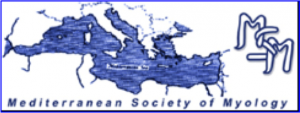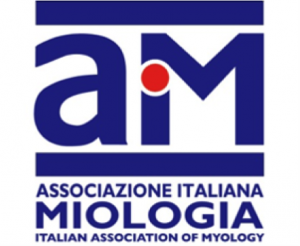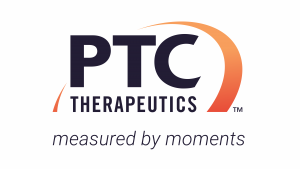Childhood onset limb-girdle muscular dystrophies in the Aegean part of Turkey
Uluç Yi̇ş 1, Gülden Di̇ni̇z 2, Filiz Hazan 3, Hülya Sevcan Dai̇magüler 4 5, Bahar Toklu Baysal 6, Figen Baydan 2, Gülçin Akinci 6, Aycan Ünalp 6, Gül Aktan 7, Erhan Bayram 1, Semra Hiz 1, Cem Paketçi̇ 1, Derya Okur 1, Erdener Özer 8, Ayça Ersen Danyeli̇ 8, Muzaffer Polat 9, Gökhan Uyanik 10 11 and Sebahattin Çirak 4 5
1Dokuz Eylül University, School of Medicine, Department of Pediatrics, Division of Child Neurology, İzmir, Turkey; 2 Neuromuscular Disease Center, Tepecik Research Hospital, İzmir, Turkey; 3 Dr Behçet Uz Children’s Research Hospital, Department of Medical Genetics, İzmir, Turkey; 4 University Hospital Cologne, Department of Pediatrics, Cologne, Germany; 5 Center for Molecular Medicine Cologne (CMMC), University of Cologne, Cologne, Germany; 6 Dr Behçet Uz Children’s Research Hospital, Department of Pediatric Neurology, İzmir, Turkey; 7 Ege University, School of Medicine, Department of Pediatrics, Division of Child Neurology, İzmir, Turkey; 8 Dokuz Eylül University, School of Medicine, Department of Pathology, İzmir, Turkey; 9 Celal Bayar University, School of Medicine, Department of Pediatrics, Division of Child Neurology, Manisa, Turkey; 10 Center for Medical Genetics, Hanusch Hospital, Vienna, Austria; 11 Medical Faculty, Sigmund Freud Private University, Vienna, Austria
The aim of this study is to analyze the epidemiology of the clinical and genetic features of childhood-onset limb-girdle muscular dystrophies (LGMD) in the Aegean part of Turkey. In total fifty-six pediatric cases with LGMD followed in four different pediatric neurology departments in the Aegean region of Turkey were evaluated. Among them, LGMD2C was the most common followed by LGMD2A, LGMD2D, and LGMD2F with equal frequencies. In twenty-eight patients (50%) the diagnosis could be confirmed by genetic analysis, where SGCG proved to be disease-causing in most of the cases. About half of the patients were diagnosed with whole exome or targeted gene sequencing. A positive correlation between muscle biopsy and genetic findings were observed in 11% of the patients. We report one novel frameshifting mutation in TTN. Knowledge on frequencies of childhood-onset limb-girdle muscular dystrophies and related genes in Turkey will lead to a prompt diagnosis of these neuromuscular disorders.






